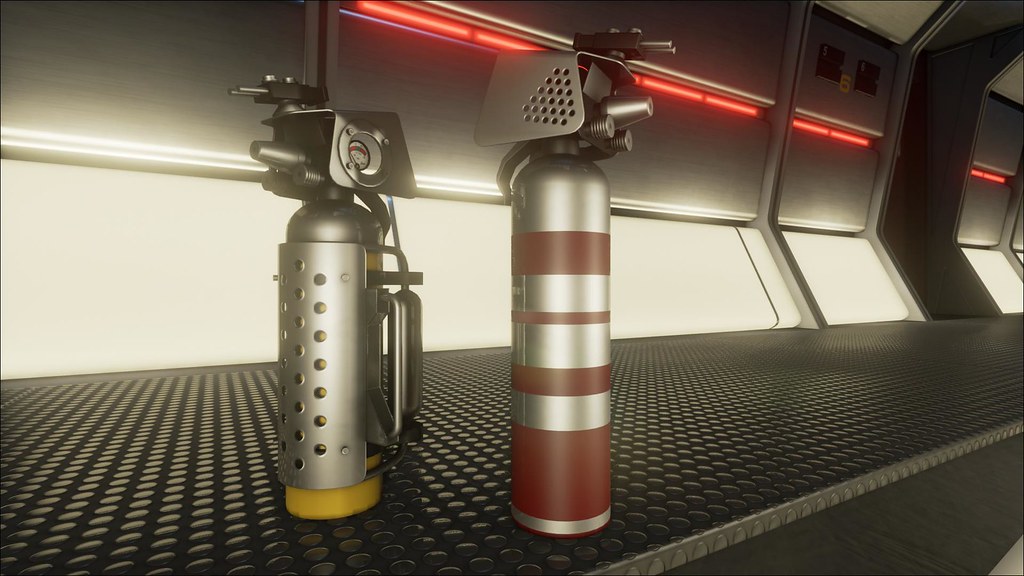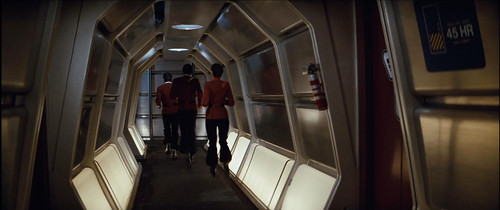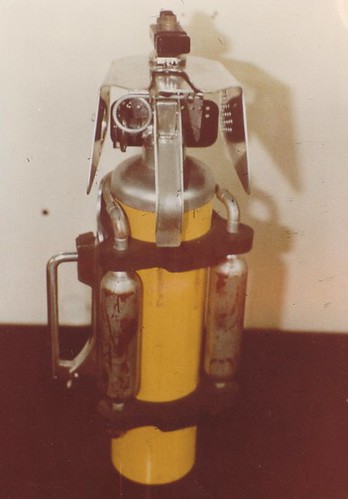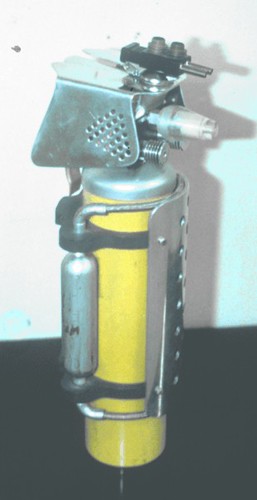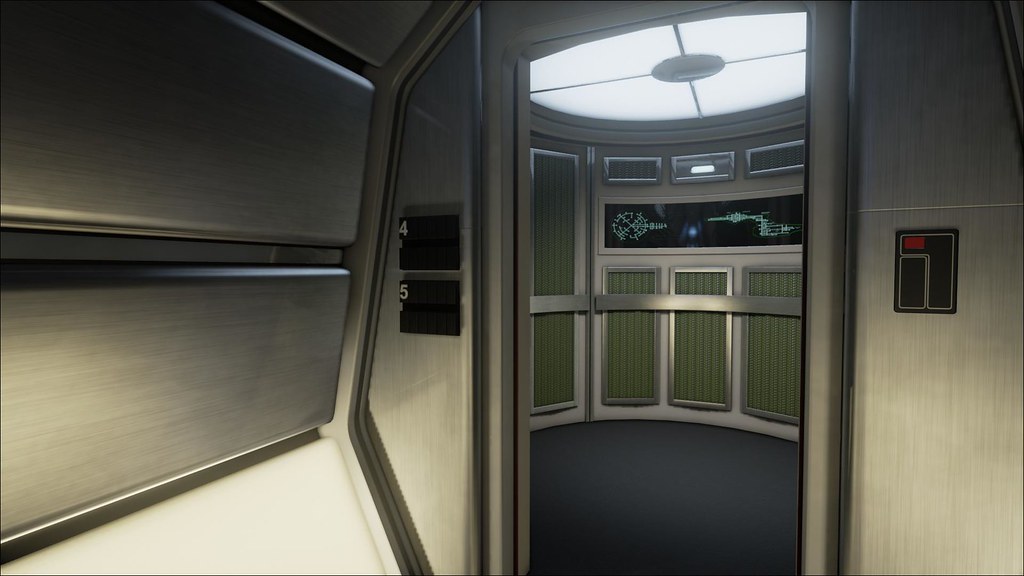Re: Donny's TOS Enterprise Interiors
To answer all the previous questions:
Unreal still heavily relies on lightmaps (static lights), and sometimes ugly artifacts can appear as a result (see the shadows at the bottoms of the turbolift panels). Real-time lighting (mobile lights) is possible, however it is very performance draining if not used sparingly. There are new types of lights in Unreal 4 called "stationary" lights, which use a combination of lightmaps and real-time lighting, but they are limited to how much they can be used in a given area. An area, like the corridor, which uses many lights, has to rely mostly on static (lightmapped) lights due to the limitations.
In case you are wondering, the light generated from the bottom corridor panels is static lighting, whereas the blue light coming from the ceiling structures of the corridor are stationary lights.
I use a combination of all the different types of lights (static, stationary, and mobile) to achieve different results. It should be noted, however, that the screencaps I've shown thus far have been baked with "preview" lighting to save time. The final builds before release will use "production" lighting, which will be of a much higher quality.
And yes, BJ, it is possible to simulate red-alert lighting or a power-outage type lighting change in-game.
Regarding textures: I am relying more and more on building textures solely through the use of 3ds Max and Unreal 4's material editor. I use 3ds Max to bake ambient occlusion and normal maps from high-poly geometry, then arrange them with various colors, textures, and shader functions in Unreal 4 to create very powerful shaders.
I use Photoshop sparingly, mainly for the creation of graphics, decals, and the like. Because the Federation interiors are very clean, I hardly ever need to open Photoshop unless to tweak a texture here and there.
If I do a Klingon interior, or something else a little more dirty or natural, then I'll have to rely on Photoshop much more. ZBrush is another powerful texture creation tool, allowing you to paint right onto the models themselves and then extracting that information for textures.



